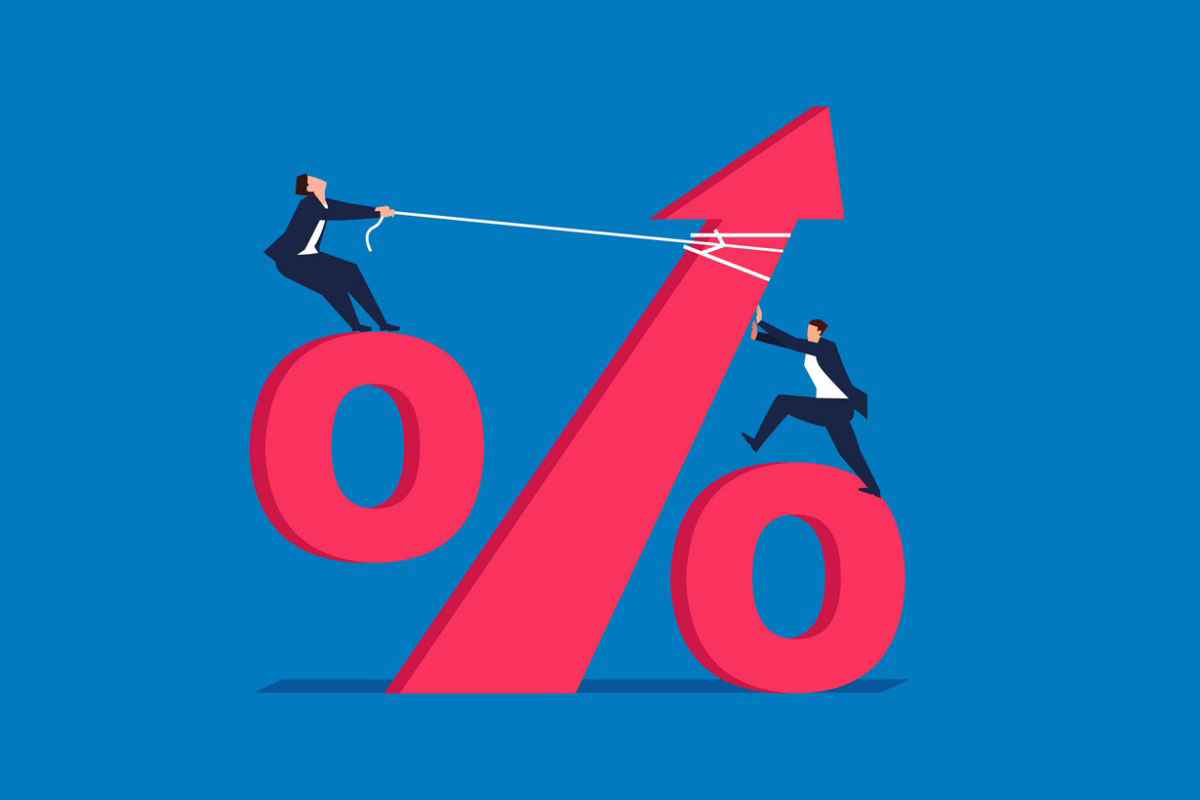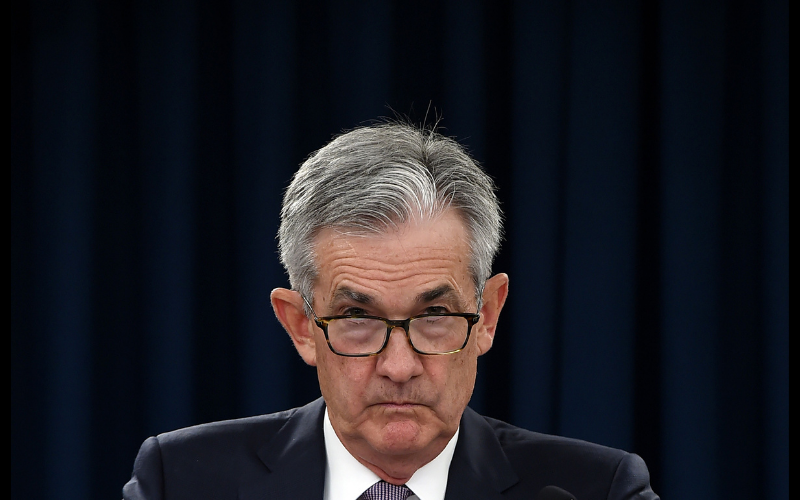
- Is inflation temporary or permanent?
- Deflationary trends still persist
- Improvements in technology
- Lack of pricing power from labor
- Truly toxic inflation comes from supply side
- Geo-political events rather than economic policy are the true risk
US yields are once again spiking approaching a high of 1.75% in overnight trade as markets are starting to reach a fever pitch regarding inflation pressures after yet another dovish press conference by the Fed.
Is inflation temporary or permanent?
In yesterday’s presser Fed Chair Jerome Powell reaffirmed the central bank’s commitment to an easy monetary policy dismissing any inflation pressures are temporary while signaling that the Fed is unlikely to hike rates until 2023. The markets as always like to test policymakers resolve and today price action is yet another example of that dynamic but whether the breakout in yields holds will depend on data not sentiment. For now however, bonds are coming into key support levels not only in the US but in Germany as well, although the decline in Bund yields has been much more modest setting up for outperformance of the DAX versus the Nasdaq100. If there is any hope for bonds to bounce the time is now.
Deflationary trends still persist
On a longer term horizon the key question for the markets is whether inflation pressures are temporary as the Fed believes or whether they are permanent as many bond bears claim. There is no doubt that supply chain constraints have created serious bottlenecks in a variety of commodity prices while fiscal support payments have kept demand steady creating a spike in input costs that has the markets worried, but demand driven inflation is almost always temporary as supply often rises to meet demand. This is especially true now given the amount of spare capacity available as production comes back on line.
Lack of pricing power from labor
The longer term trends in the global economy have been deflationary as technology has ruthlessly reduced costs in manufacturing and with AI and virtualization is likely to do so with many services as well. Furthermore, the true inflationary spiral occurs only when wage gains begin to keep up pace with price levels. One of the key differences in today’s environment from the inflation ridden 1970’s is the absolute lack of any pricing power by labor. Witness the difficulty of passing the $15 minimum wage law in Congress and one can see that the old wage push-pull dynamic of the 1970’s is very unlikely to take place now.
Truly toxic inflation comes from supply side
The true bane of inflation is actually supply driven rather than demand driven as resources become scarce creating both higher price levels and drop in output. That is exactly what happened in the 1970’s as crop failure and then the dual oil shocks of 1973 and 1978 sent input costs soaring into an inflationary spiral that lasted years.
Geo-political events rather than economic policy are the true risk
Could history repeat itself? It’s possible but unlikely. The Fed’s easy monetary stance alone is not enough to send the economy into a long term inflationary spiral, especially if production quickly comes online as the risk of pandemic recedes. The inflationary risks as always are likely to be political rather than economic. Will Iran escalate tensions in the Strait of Hormuz sending crude prices towards $80/bbl? Will China become even more aggressive in its desire to annex Taiwan? While the markets obsess over every basis point gain in the CPI these may be the actual risks going forward.
Although conventional wisdom would suggest that any such geopolitical event would cause bond prices to rise on risk aversion flows – that will be just a knee jerk reaction. The ultimate impact of any such occurrence would be toxic for both global growth and inflation pressures. In the case of the Middle East it would instantly increase the cost of energy forcing a reverberation through all of the other commodity inputs and in the case of Taiwan it would likely sever critical Chinese supply chains as diplomatic and perhaps even military actions would wreak havoc with production.
So while markets remain on edge about the prospect of return of inflation the longer term threats to the global economy and to the capital markets remain minimal as long as geo-political tensions are under control.





